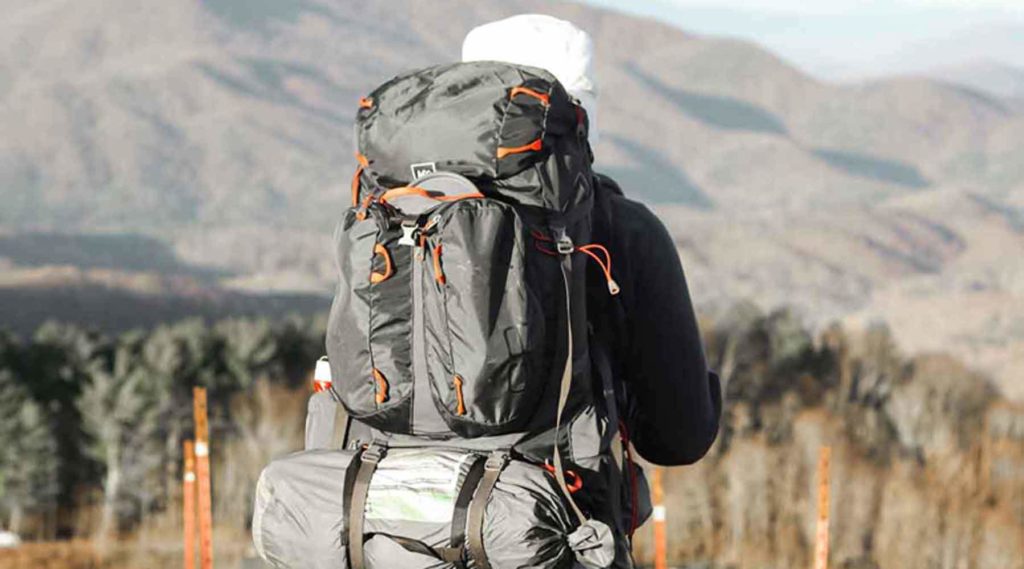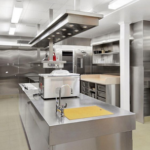Before you pick your first campsite and start navigating through the vast Australian wilderness, it’s important to plan in advance all the essentials you will need to take in your backpack so that you can survive. Some survivalist experts like to tell newbies to just rough it up but that doesn’t necessarily mean you should suffer on your first trip. Although you’re going to become better as you put more excursions under your belt, your first trip into the wilderness doesn’t have to be a complete disaster. Here are a few tips to help you prepare.

Survival Tools and Equipment
There are many things that can go south when you’re away from civilization, so you need to plan for as many of them as possible. A compass, for instance, will help you find your way around, but an even better solution is a handheld GPS. Flashlights and headlamps can help you get around in the dark, and a flare gun can help you get found in an emergency situation. Various different types of fire kits can help you start a fire without a hassle, a rope, tarp, duct tape or paracord will help you set up camp, and having a multi-tool with you is also a smart idea. All of these items are relatively small in size, yet are incredibly useful in a wide range of situations. Additionally, consider packing a small magnet, nails, safety pins, sewing needles and a thread, fishhook and line, razor blades and some cash in a small tin.
Proper Packing
Packing your backpack properly is key to your safety and comfort. Incorrect weight distribution can lead to a strained spine and muscle aches. That being said, you should place heavy items like cooking gear, food, and water in the middle of your backpack so that they’re close to your body. The medium weight items, such as rain gear, tarps and clothing should cushion the heavy items and secure them in order to prevent the weight from shifting while you’re walking. Place the sleeping back in the bottom of your backpack, or just tie it to the bottom. The items you’re going to use more frequently should be stored in the outer pockets or on the side. This includes sunglasses, map, compass, fire kits, bug repellent, snacks, sunscreen, flashlight, pocket knife, etc.

Wear Appropriate Clothing
Depending on where you’re camping and what time of year, the temperatures can vary greatly over the course of a day. In order to stay warm and keep your backpack light, it’s best you layer your clothing. Pack a pair of silk long johns, trekking pants, and t-shirts that convert to nightclothes, socks, shorts, and underwear. A windbreaker, fleece jacket, and waterproof outer layer should be enough to handle most weather conditions. Make sure you wear a good pair of hiking boots, but pack water shoes and flip flops as well for comfort. Round out the wardrobe with a hat, gloves, and scarf if the weather mandates them.

Carry a Multi-Tool
A good multi-tool can be a survivalist’s best friend, and there are many different models on the market. When comparing the tool’s weight and the need for different functions, in the world of multitools, simpler is oftentimes better. Look for a tool that features a serrated and regular blade, a bottle and can opener, pliers with a wire cutter, a lanyard loop, and a knife sharpener. Pay close attention to the quality and materials the tool is made from. Look for 420 stainless steel construction, titanium or aluminum handles and a 154CM steel blade. If you intend on carrying a small hatchet for cutting timber, consider a multi-tool hatchet so that you have to carry only one tool instead of two.

Meal Packing
Plan ahead of time and keep your foods as simple as possible. Depending on where you’re going and how you’re reaching your destination, the amount and type of food you carry will obviously vary. If you’re carrying everything on your back, pack dehydrated and dry foods that you can prepare using hot water. You can find a wide range of pre-packaged meals at most camping stores, or you can spend a Sunday meal prepping. A bottle of oil, granola bars, seasonings, jerky, summer sausages, and crackers are great options for most campers. Pre-packaged foods are the ideal camping food – compact, lightweight, simple and easy to prepare. While pre-packaged meals are commercially available, you can make your own meals and save money. Fill a small freezer bag with a half cup quick-cooking oats, a teaspoon of sugar and dry milk, a handful of nuts and dried fruit for a deliciously nutritious breakfast. For lunch, try some rice with beef and mushrooms, and for dinner, the third cup of dry couscous, a tablespoon of shredded Parmesan cheese and vegetable bullion, half a cup of freeze-dried vegetables and a few seasonings.


